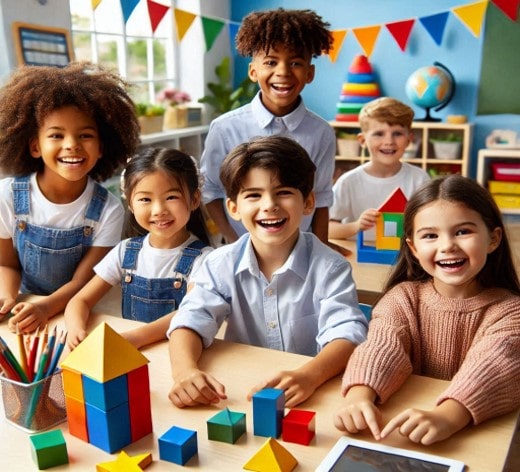Dive into the world of cubes, spheres, pyramids, and more as you explore fun activities and interactive content. Let’s make learning about 3D Shapes and Objects an adventure!
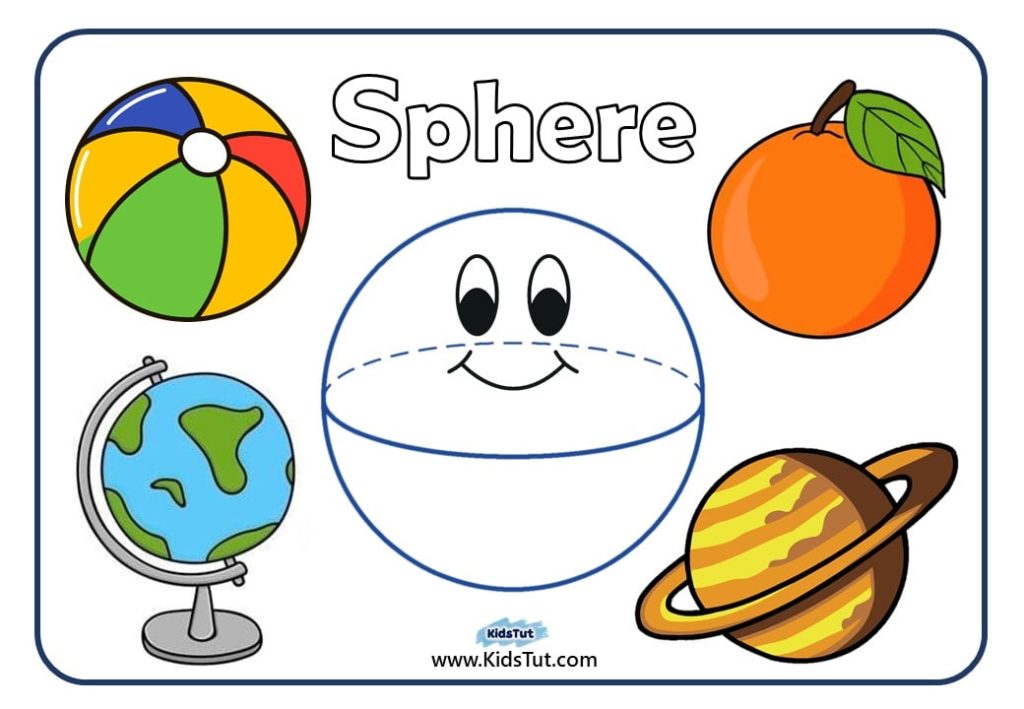
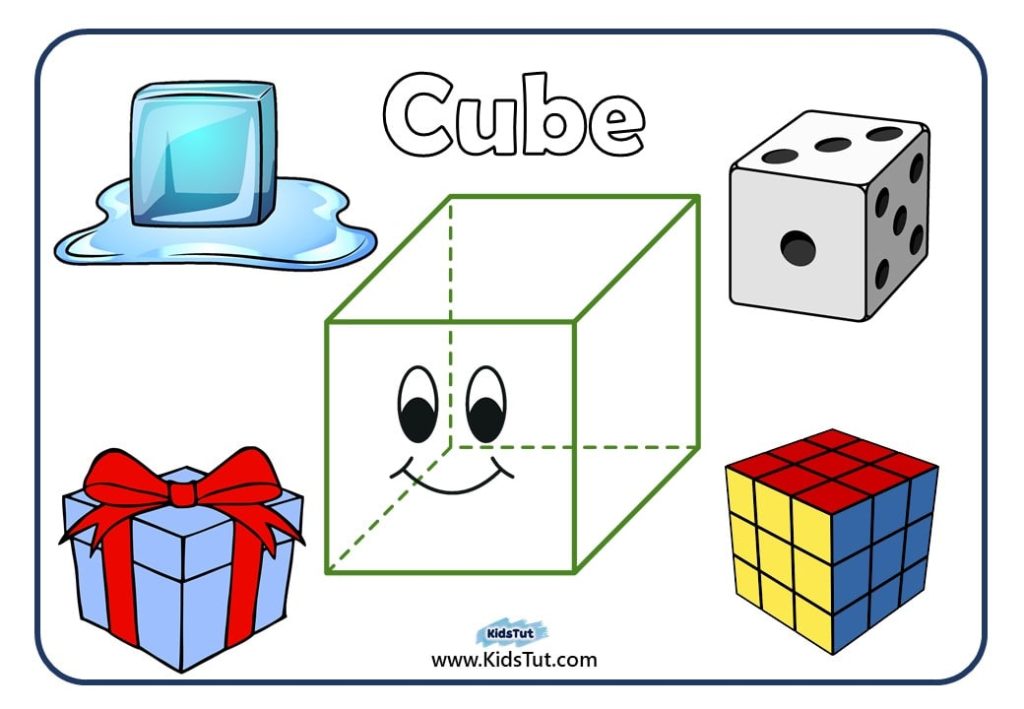

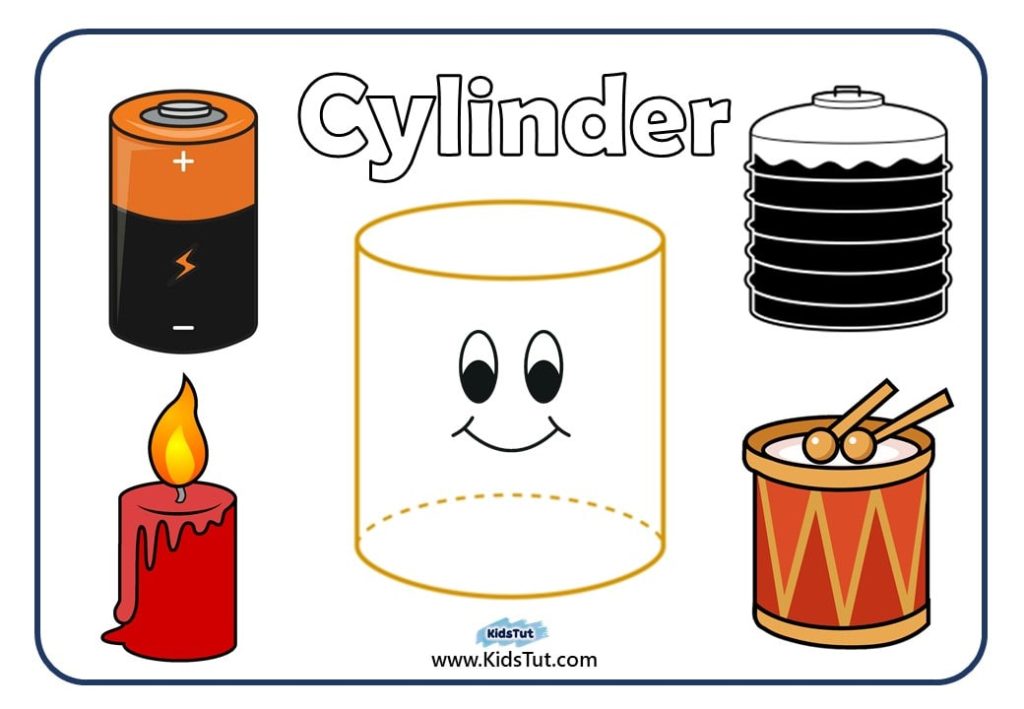
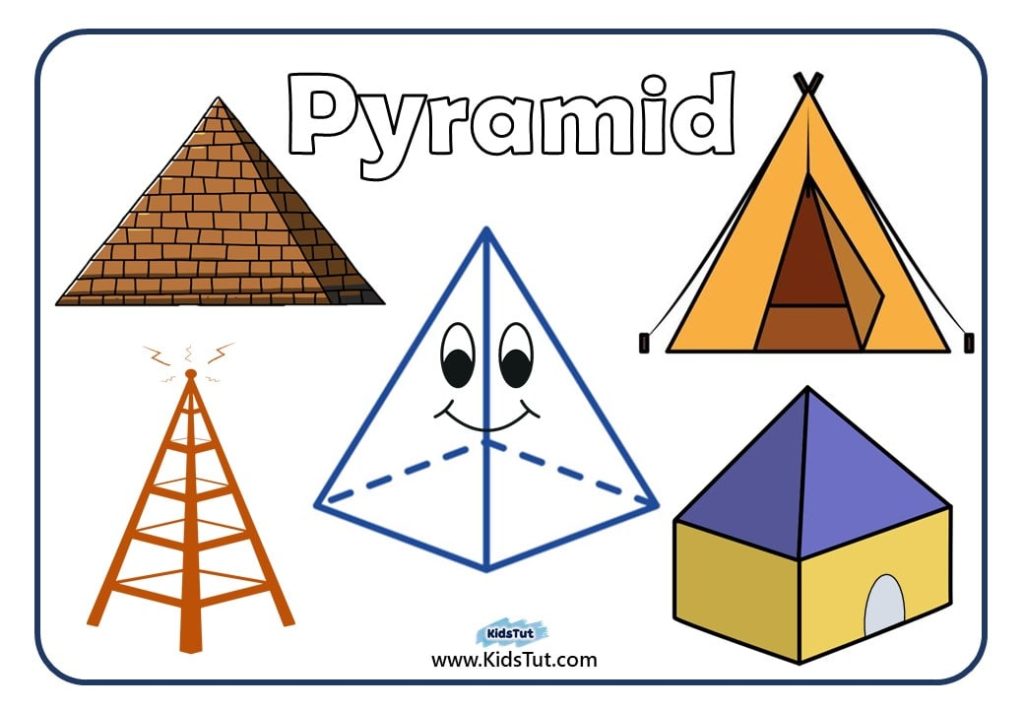
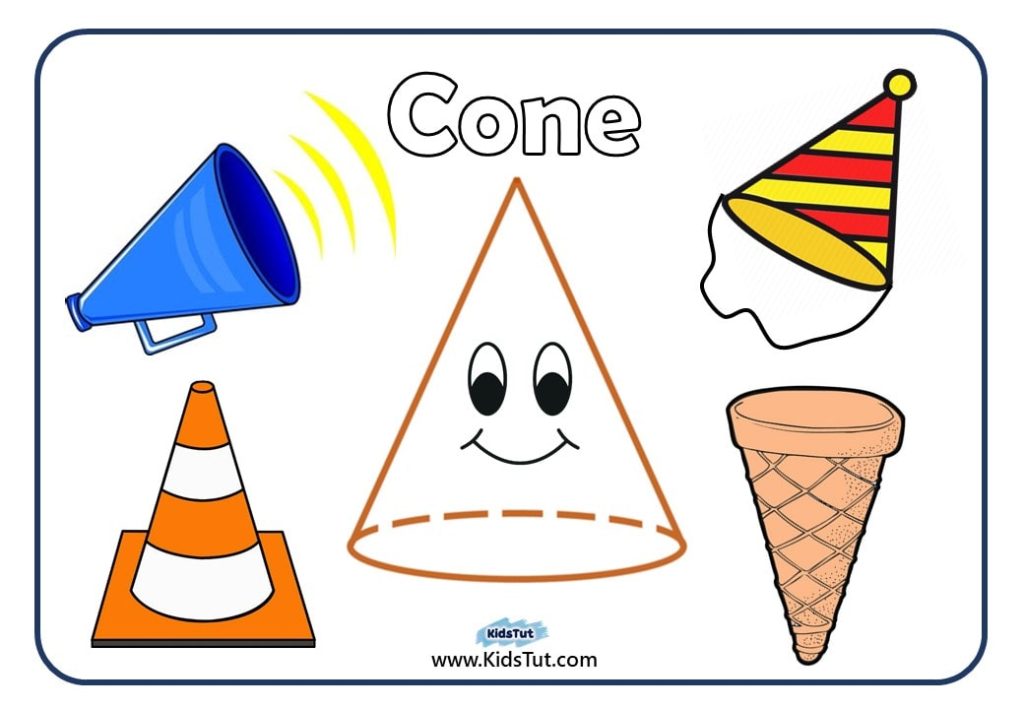

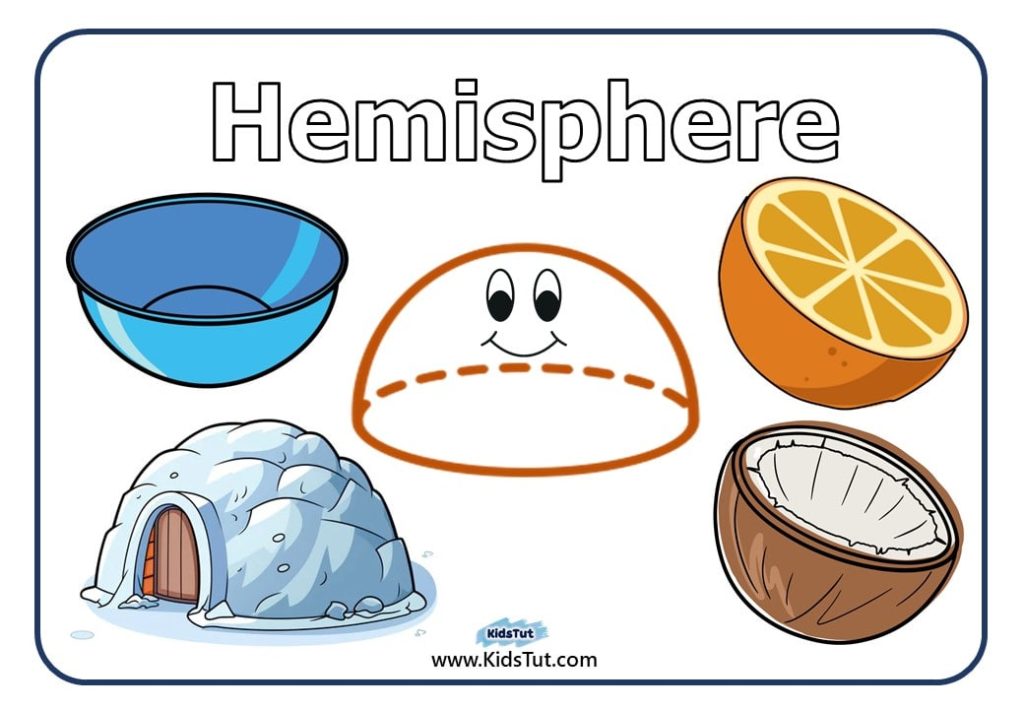

*** You have the option to download the PDF file from this location.- Download
Hello everyone! You can get a lesson related to mathematics from this web page. That is about shapes, It is very important to introduce shapes to children in primary education and use the materials they see in their daily lives. That way, you can create a learning environment for children with experience. Here are some 3D shapes. Also, simple real materials have been shown to introduce those shapes.
Sphere – A sphere is a three-dimensional shape with a curved surface. Its shape is round. A sphere has no faces, no vertices, and no edges. There are many spherical objects around us. Spherical fruits such as oranges, kiwis, wood apples, and watermelons. Vegetables such as tomatoes, cabbage, beets, onions, and some legumes also grow spherical. The sun, moon, and planetary dome are seen in the sky. The ball in the playground and the globe in the classroom are some examples of spherical shapes.
Cube- The cube is made up of square shapes. A cube has 6 square sides. They are also known as the faces of the cube. A cube has 8 vertices and 12 edges. Cube objects are the most common objects around us. You will see cube-shaped gift boxes, ice boxes, as well as various packaging boxes. And dice and Rubik’s Cubes used by children to play games take a cube shape. Ice cubes are often seen in cube form.
Cuboid- A cuboid is a three-dimensional shape surrounded by rectangles. It has 6 rectangular faces. A cuboid has 12 edges and 8 vertices. Cuboid shapes are seen in many materials around us. Most packaging boxes are in this shape. Also, most of the furniture that can be seen at home and school is cuboid-shaped. Examples include beds, cupboards, refrigerators, cupboards, doors, ovens, and televisions. We use school materials such as books, erasers, pencil boxes, lunch boxes, etc. are also often cuboid. Foods like cake, butter, and chocolate often take cuboid form. And many other examples, like bricks, buildings, and containers, can be shown to children under this shape.
Cylinder- The cylinder consists of a curved surface between two circular shapes. These two circular shapes are the faces of the cylinder. Therefore, the cylinder has two faces. There are two edges ,and the vertices are not seen in a cylinder. There are plenty of cylindrical things around us. Cylindrical-shaped containers are used for various packaging. Examples of this are water bottles, water tanks, beverage cans, food packaging cans, gas tanks, medicine duppi, and garbage containers. Candles, batteries, drums, logs, and other cylindrical objects are just a few examples.
Pyramid- A pyramid is a square base and 4 triangles extending upward from it that meet at one point. This shape is known as the square pyramid. There are 5 faces, 5 vertices, and 8 edges. We have rarely seen pyramid-shaped things around us. Therefore, we can use pictures and videos to introduce the shape to children. A very ancient structure in Egypt is made of strong material in the shape of a pyramid. That is why it is called the Egyptian pyramids. And pyramid-shaped tents, pyramid-shaped towers, and pyramid-shaped roofs can be shown as examples of that pyramid shape.
Cone- A cone is a three-dimensional object with a circular base and an upward curve extending from it. It has 2 faces: one circular face at the base and one curved face extending from the base to a single point, known as the apex. A cone has one edge and one vertex. Examples of cones can be found around us, such as party hats, witch hats, Christmas trees, traffic cones, ice cream cones, carrots, megaphones, and more.
Hemisphere- A hemisphere is half of a sphere. It has a flat circular base and a curved base around it. It also has 2 faces, 1 edge, and no vertices, and there are very few examples of the sphere. Often, round vegetables and fruits can be cut in half to give a semi-sphere shape. Oranges, kiwis, beets, and onions are examples of that. Half of the coconut, bowl, pot, dome of buildings, and igloo house can be given as examples of this shape.
